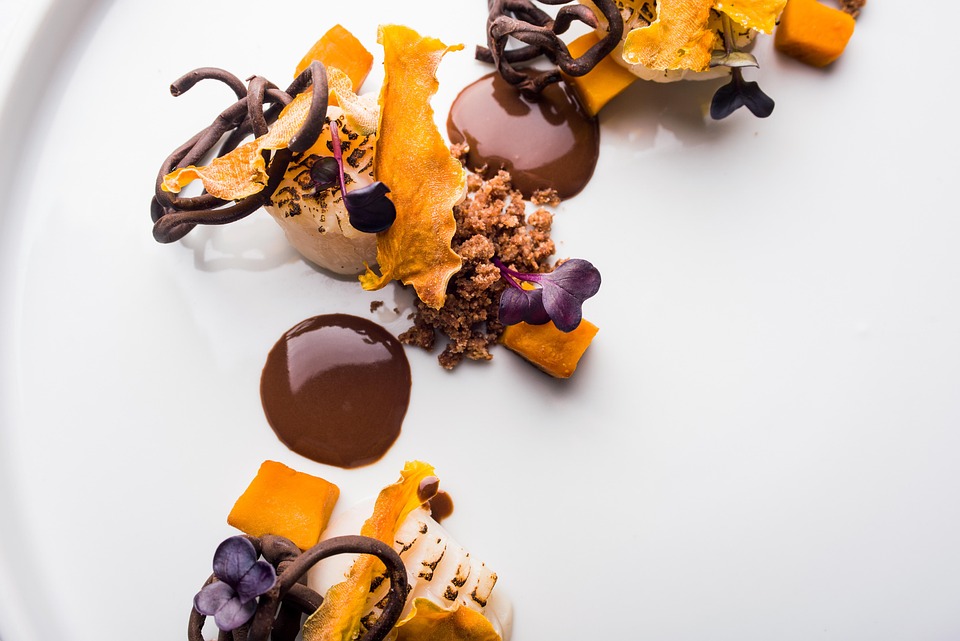Essential Chef Resume Template: Crafting the Perfect Culinary CV for Job Success
In the world of culinary arts, where creativity meets precision, a well-crafted CV is your first step towards success. Crafting a chef’s resume isn’t merely about listing experiences; it’s an art form in itself, a reflection of your passion and skills. Let’s delve into the essentials of creating a culinary CV that not only stands out but also resonates with potential employers.
1. The Header: Your Culinary Identity
First impressions matter, and your CV’s header is akin to the opening act of a fine dining experience. Ensure it includes your name, contact details, and a professional title that encapsulates your culinary expertise. Opt for a title that speaks volumes—be it Pastry Chef, Sous Chef, or Executive Chef. This is your stage; let your identity shine.
2. A Summary that Sizzles
A compelling summary can tantalise the taste buds of hiring managers. Think of it as the amuse-bouche of your CV—a brief yet flavourful introduction that highlights your culinary journey, key skills, and what makes you unique. Use dynamic language and keep it concise; you want to leave them wanting more.
3. Skills Section: A Culinary Toolbox
Your skills section should resemble a well-stocked pantry, brimming with culinary delights. Consider categorising your skills into hard and soft skills. For instance:
- Hard Skills: Knife skills, menu planning, food safety regulations, and proficiency in various cooking techniques.
- Soft Skills: Leadership, teamwork, creativity, and time management.
This structured approach provides a clear picture of your capabilities and versatility.
4. Professional Experience: The Main Course
This is where you showcase your culinary adventures—each role a dish, meticulously prepared. Start with your most recent position and work backwards, detailing your responsibilities and achievements. Use action verbs to infuse life into your experiences. Instead of saying “responsible for managing kitchen staff,” try “led a dynamic team of 10 chefs, fostering an environment of collaboration and innovation.” Quantifying achievements, such as “increased kitchen efficiency by 20%,” adds a delectable layer of credibility.
5. Education and Certifications: The Recipe for Success
Your educational background and any culinary certifications should be presented clearly and concisely. Include the name of the institution, qualification obtained, and year of completion. If you have received any accolades or special training, don’t hesitate to sprinkle those in. This section solidifies your foundation and showcases your commitment to the craft.
6. Additional Sections: The Garnish
Consider including additional sections that complement your CV, such as:
- Awards and Recognition: Any accolades you’ve received for your culinary prowess.
- Volunteer Experience: Highlighting community service or culinary events where you’ve contributed can showcase your dedication to the profession.
- References: A few well-chosen references can add credibility, particularly if they are from respected figures in the culinary world.
Final Thoughts: Your Culinary Journey Begins Here
A well-structured CV can be the key to unlocking countless culinary opportunities. It’s about weaving your story into a tapestry of flavours, skills, and experiences that reflect who you are as a chef. With the right template and approach, you’re not just applying for a job; you’re inviting potential employers into your culinary world.
At CVPortal, we are committed to providing you with a myriad of quality resume references that can help you on your journey to securing that dream culinary position.


